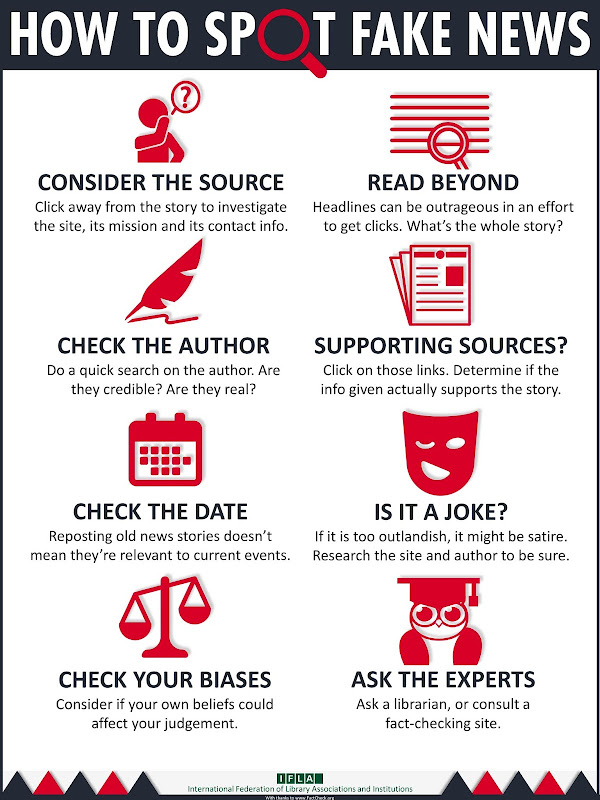Consider Different Types of Sources
The Information Lifecycle helps us understand how information about an event, topic or idea might emerge and evolve over time.
Note that this timeline is just a general sense of the information lifecycle -- the exact timing can vary greatly from one discipline to another!

During your time at Holy Cross, you may find yourself using a combination of both popular and scholarly sources.
A popular resource is a resource for 'popular' consumption -- it has been written so that most people can easily read and understand it. This might include newspapers or magazines, some books, and some journals written for people in specific jobs. While there is usually an editor who checks these sources for good writing and for errors, this is mostly done by a single person rather than a group. Popular articles are usually written by journalists or professional writers, although sometimes they are written by experts on a specific topic.
Scholarly sources are written by experts on a particular subject (for example, a professor or other researcher). They also go through an extra process of review and approval by a group of other experts before they can be published. Usually, scholarly articles are written in 'academic-ese' and designed to be read by other scholars. You will probably find yourself using many scholarly sources in your other Holy Cross classes. However, because scholarly sources take a long time to be approved and published, they are not good sources for current news. Click here to explore the parts of a scholarly article as shown by the NC State Libraries.
No matter what you're researching or what kinds of information you're working with, you should always interrogate your sources.



Lateral Reading is a more nuanced technique of evaluating websites and other kinds of sources.
While the questions on the previous page are a great place to start, sometimes you can't answer them completely -- or, sometimes, they don't give a complete picture of the information you are looking at.
The video below explains what lateral reading is, why it's important, and how to do it.
We've all heard the term "Fake News" -- even when information isn't blatantly or deliberately false, it's still a good idea to check the facts (see the video on Lateral Reading for more).
Not sure where to look? The page below offers some helpful resources for checking 'fact's of all kinds, from data to images:
- 11 Non-Partisan Fact-Checking WebsitesCompiled by J. Greller, "A Media Specialist's Guide to the Internet" [blog], Aug 31, 2020


